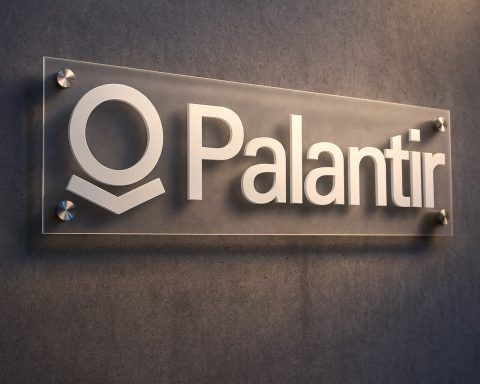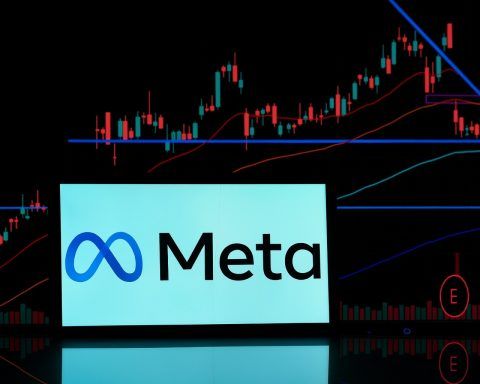- Arrest & charges: Federal prosecutors unsealed a five‑count indictment accusing Bradley “Brad” Heppner of securities fraud, wire fraud, conspiracy, false statements to auditors, and falsification of records. Heppner was arrested in Dallas; the case is assigned to U.S. District Judge Jed S. Rakoff in New York. [1]
- Alleged scheme: Prosecutors say more than $150 million was misappropriated from publicly traded GWG Holdings via a shell entity tied to Heppner, Highland Consolidated LP (HCLP), with the money routed through corporate entities to his personal accounts. [2]
- Investor impact: GWG’s 2022 bankruptcy left over $1 billion in losses to retail bondholders; plaintiff attorneys say the criminal case could prompt more claims. [3]
- Today’s coverage: Trade press and local outlets continued reporting Thursday on the charges and potential repercussions for investors and intermediaries who sold GWG’s “L bonds.” [4]
- Kansas angle: Interest is heightened in Kansas because Heppner’s firm Beneficient (Ben) obtained an unprecedented state bank charter under the TEFFI Act in 2021; state regulators have scrutinized that charter this year. [5]
What happened and why it matters
Federal prosecutors allege that between 2018 and 2021, while he chaired GWG Holdings and led Beneficient, Heppner created a $141 million “debt” on Beneficient’s books supposedly owed to HCLP—an entity they say he controlled. GWG then authorized transfers that ultimately sent more than $150 million to Heppner through HCLP, according to the indictment. Prosecutors say the funds helped finance personal expenses, including renovations to a Dallas residence and work on an East Texas ranch. [6]
The U.S. Attorney’s Office for the Southern District of New York announced Tuesday that Heppner had been arrested in Dallas and would be presented in the Northern District of Texas before the case proceeds in Manhattan. The office also said the matter is before Judge Jed S. Rakoff. (Maximum statutory penalties range from five to twenty years depending on the count; actual sentences are up to the judge.) [7]
A Reuters account notes a lawyer for Heppner declined to comment. The Wall Street Journal reported prosecutors are seeking forfeiture of Dallas and East Texas properties; Heppner has maintained transactions were properly disclosed, according to that coverage. [8]
How prosecutors say the money moved
- Step 1: Establish a debt. Beneficient’s books showed a $141 million obligation to HCLP, described to directors as third‑party financing. Prosecutors allege it actually traced to HCLP payments Heppner tallied up, including sums unrelated to Beneficient. [9]
- Step 2: Gain control and approvals. After GWG invested in Beneficient, Heppner gained influence at GWG, installed allies, and sought special‑committee approvals for payments that would help cover the “debt.” [10]
- Step 3: Route the money. Transfers approved by GWG flowed to Beneficient, then to HCLP, and then—through layered entities—to Heppner’s personal accounts, the indictment says. [11]
The Department of Justice alleges that as GWG’s finances deteriorated, the company later filed for Chapter 11, leaving retiree investors among those bearing losses. [12]
What’s new today (Nov. 6)
Coverage on Thursday emphasized the implications for investors and intermediaries. InvestmentNews highlighted plaintiffs’ counsel predicting an uptick in arbitration claims against broker‑dealers that sold GWG’s “L bonds,” a niche high‑yield product that attracted thousands of retail accounts. [13]
Beneficient, for its part, reiterated in a Wednesday statement that it parted ways with Heppner earlier this year, is cooperating with government investigators, and may pursue its own claims against him and related entities. (Beneficient trades as NASDAQ: BENF.) [14]
The Kansas connection: a unique bank charter under the TEFFI Act
Interest in the case is particularly intense in Kansas, where a Beneficient subsidiary, Beneficient Fiduciary Financial (BFF), holds a first‑of‑its‑kind charter under the 2021 Technology‑Enabled Fiduciary Financial Institution (TEFFI) Act. State banking officials have questioned the charter’s future and tightened oversight this year amid Beneficient’s corporate turmoil. [15]
Reporting in the Kansas Reflector details how regulators considered stronger supervisory actions and how the Legislature has debated whether to revisit the TEFFI framework, which linked charter approvals to rural economic‑development commitments. [16]
Timeline at a glance
- 2018: GWG takes an equity stake in Beneficient. [17]
- 2019: Heppner consolidates influence at GWG; special committee approvals begin. [18]
- 2021: Heppner leaves GWG’s board; Beneficient separates from GWG. [19]
- 2022: GWG files for Chapter 11, with more than $1B in investor losses. [20]
- Mid‑2025: Kansas regulators intensify scrutiny of Beneficient’s TEFFI‑chartered unit. [21]
- Nov. 4, 2025: Indictment unsealed; Heppner arrested in Dallas. [22]
- Nov. 6, 2025: Industry press underscores potential knock‑on effects for L‑bond sellers and investors. [23]
What’s next
Heppner faces arraignment and further proceedings in the Southern District of New York. The government’s case is being handled by SDNY’s Securities and Commodities Fraud Task Force. As of publication, no new court filings clarifying bail terms or future hearing dates had been reported by the sources cited here. Heppner is presumed not guilty unless and until proven otherwise. [24]
Company and defense responses
- Defense: A lawyer for Heppner declined to comment to Reuters; WSJ reported Heppner maintains the contested transactions were legal and disclosed. [25]
- Beneficient (BENF): Says it cut ties with Heppner earlier in 2025, is cooperating with authorities, and is evaluating potential claims against him. [26]
Why this case resonates beyond Wall Street
The indictment touches three hot‑button issues: retail access to complex yield products, corporate governance around affiliated‑party deals, and state‑level financial experimentation (Kansas’ TEFFI). For advisors and investors, Thursday’s coverage underscores that product due‑diligence failures can cascade from issuer desks to brokerage salesforces—and ultimately to retirees’ portfolios. [27]
Sources & further reading
- U.S. Department of Justice (SDNY) press release and indictment. [28]
- Reuters: charging announcement and case details. [29]
- The Dallas Morning News: arrest coverage and additional specifics from the indictment. [30]
- Kansas Reflector: Kansas charter context and Nov. 4 indictment report. [31]
- InvestmentNews (Nov. 6): impact on L‑bond investors and broker‑dealers. [32]
- Beneficient press statement (Nov. 5). [33]
References
1. www.justice.gov, 2. www.justice.gov, 3. www.justice.gov, 4. www.investmentnews.com, 5. kansasreflector.com, 6. www.justice.gov, 7. www.justice.gov, 8. www.reuters.com, 9. www.justice.gov, 10. www.justice.gov, 11. www.justice.gov, 12. www.justice.gov, 13. www.investmentnews.com, 14. www.stocktitan.net, 15. kansasreflector.com, 16. kansasreflector.com, 17. www.justice.gov, 18. www.justice.gov, 19. www.justice.gov, 20. www.reuters.com, 21. kansasreflector.com, 22. www.justice.gov, 23. www.investmentnews.com, 24. www.justice.gov, 25. www.reuters.com, 26. www.stocktitan.net, 27. www.investmentnews.com, 28. www.justice.gov, 29. www.reuters.com, 30. www.dallasnews.com, 31. kansasreflector.com, 32. www.investmentnews.com, 33. www.stocktitan.net





